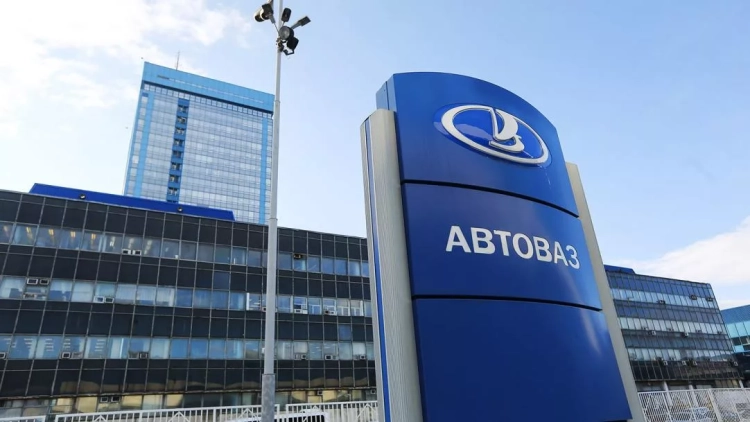A city of representatives of more than 80 nationalities
During the years of Soviet power, as mentioned above, the Kyrgyz of the Fergana Valley, Osh, and Jalal-Abad regions achieved significant successes in the development of the economy and culture. This is largely due to all Kyrgyz people: from both the southern and northern regions. All of this was natural; however, some representatives of the intelligentsia began a discussion during this period regarding the relationship between northern and southern Kyrgyz. As the first secretary of the Central Committee of the Communist Party of Kyrgyzstan, I. Razzakov condemned these tendencies, defending the interests of the Kyrgyz people. Nevertheless, at the end of 1990, a group of scholars issued an open letter in which the authors contrasted the south to the north, claiming that among the leadership of the republic there were few personnel from the south, no academicians, and few scientists, insufficient students, and not enough factories and plants, with inadequate attention given to Kyrgyz living in the southern part of the republic. Meanwhile, during the years of Soviet power, the republic was led by natives of the south: A. Orozbekov — chairman of the Central Executive Committee (1926—1936), T. Kulatov — chairman of the Council of Ministers (1938—1945) and for 43 years — chairman of the Presidium of the Supreme Soviet (1945—1978), I. Razzakov — chairman of the Council of Ministers and First Secretary of the Central Committee of the Communist Party of Kyrgyzstan (1945—1962), A. Suerkulov — secretary of the Central Committee of the party and chairman of the Council of Ministers for 15 years, A. Masaliev — chairman of the Supreme Soviet and first secretary of the Central Committee of the party (1985—1991), A. Erkebayev — speaker of the council of the people's assembly, K. Jumaliev — prime minister, M. Sultanov — head of the president's office. Ministers of various sectors of the economy and culture included: J. Satvaldieiev, K. Abdymomunov, K. Bokonbaev, A. Tagaev, Governors-Akim: K. Bakiev, E. Uzakbaev, Z. Mukhtarov, A. Abdurashitov. The president of the Academy of Sciences of the republic was M. Adyshev — the great-grandson of Kurmanzhan Datka. Dozens of new academicians and corresponding members emerged: K. Jumaliev, A. Erkebayev, Zh. Tekenev, P. Kupuyev, B. Murzubraimov, B. Toktoraliev, and others. Rectors of higher educational institutions include K. Osmonaliev (TU "Dastan"), T. Sadykov (Academy of Arts), A. Mamytov (Institute of Physical Culture).
Dozens of graduates from the southern regions of Kyrgyzstan work as leaders of factories, plants, joint-stock companies, and corporations. Hundreds of professors — doctors of sciences and candidates, scholarly educators work in higher educational institutions. Thousands of students study at each major university.
In recent years, in order to further develop the economy and culture of the Osh and Jalal-Abad regions, the southern branch of the National Academy of Sciences was established on the initiative of the President of the Republic A. Akayev, with six research institutes, and dozens of universities, institutes, and their branches have emerged. In the cities of Osh and Jalal-Abad, industries are developing that do not exist in the capital of the republic. Therefore, there is no reason for a discussion inflating the problem of the south versus the north.
Today's Osh is a city with a population of over 250,000 people, consisting of representatives of more than 80 nationalities. It is the economic, cultural, and administrative center of the south of the Kyrgyz Republic, with large industrial enterprises, educational institutions, cultural hubs, and prospects for further development.
Multinational city of Osh













































